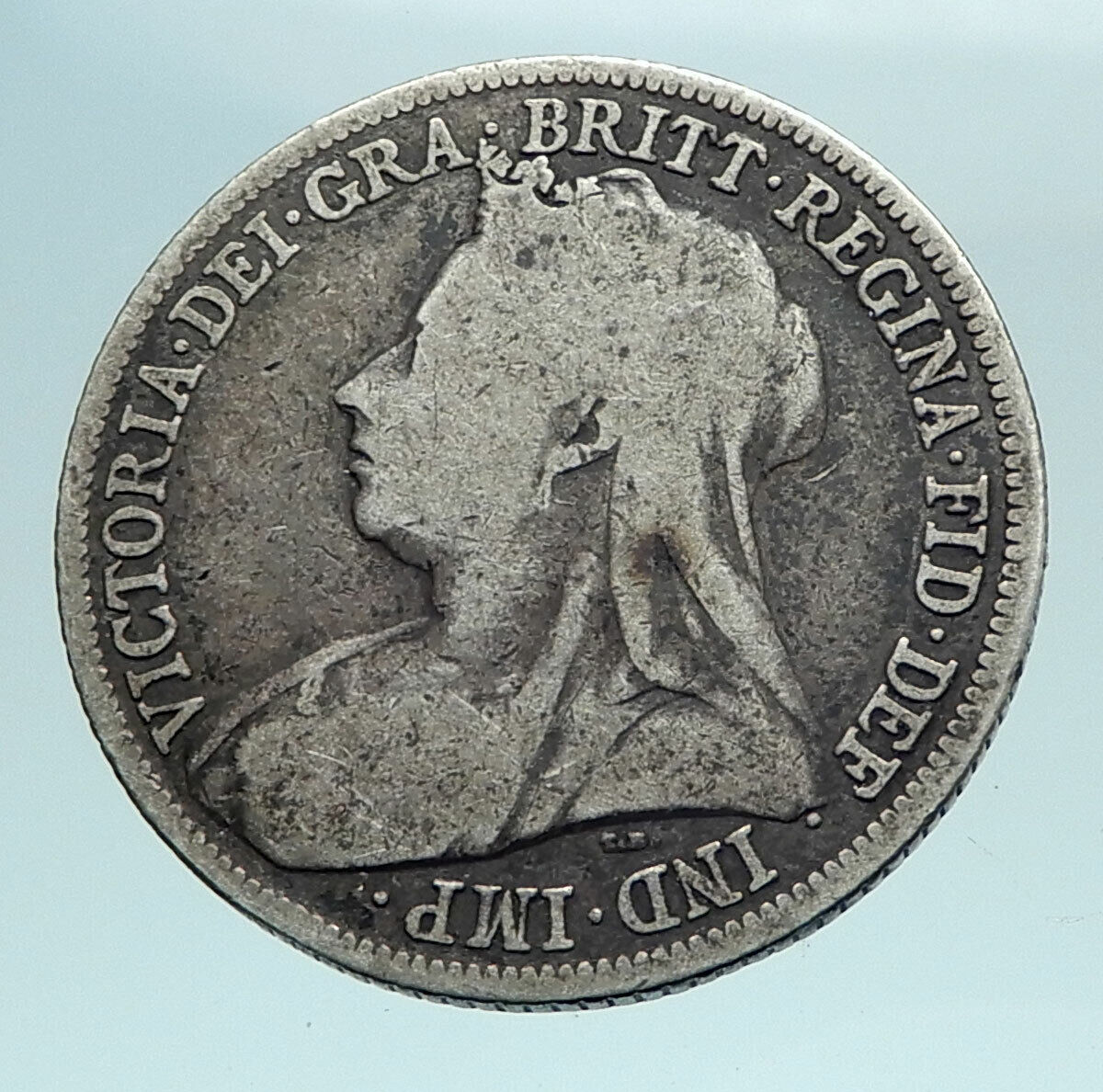|
Great Britain under William III – King: 1689 – 8 March 1702
1696 B Silver Shilling 25mm (6.00 grams) .925 Silver
Reference: Sp# 3497, KM# 485.1 | Engraver: John Roettier
Certification: NGC AU 50 4644271101
GVLIELMVS III · DEI · GRA ·, King William III facing right.
MAG BR·FRA ET·HIB REX·16 97·, Crowned cruciform shields around central Nassau lion, divided date above.
Coin Notes:
First bust: This bust is distinctive in having the hair turned outwards above and below the crown of the head. The standard weight of this coin was 6/31 troy ounce or 92.9 grains. Numerous errors/varieties exist.
You are bidding on the exact item pictured, provided with a Certificate of Authenticity and Lifetime Guarantee of Authenticity.
William III (Dutch: Willem; 4 November 1650 – 8 March 1702), also widely known as William of Orange, was sovereign Prince of Orange from birth, Stadtholder of Holland, Zeeland, Utrecht, Guelders and Overijssel in the Dutch Republic from the 1670s and King of England, Ireland and Scotland from 1689 until his death. As King of Scotland, he is known as William II. He is sometimes informally known as “King Billy” in Northern Ireland and Scotland, where his victory at the Battle of the Boyne in 1690 is still commemorated by Unionists and Ulster loyalists.
<pwilliam was="" the="" only="" child="" of="" william="" ii,="" prince="" orange,="" who="" died="" a="" week="" before="" his="" birth,="" and="" mary,="" princess="" daughter="" king="" charles="" i="" england.="" in="" 1677,="" during="" reign="" uncle="" ii="" england,="" he="" married="" cousin="" fifteen-year-old="" king's="" brother="" james,="" duke="" york.="" protestant,="" participated="" several="" wars="" against="" powerful="" catholic="" louis="" xiv="" france,="" coalition="" with="" protestant="" powers="" europe.="" many="" protestants="" heralded="" him="" as="" champion="" their="" faith.="" 1685,="" father-in-law="" became="" scotland="" ireland.="" james's="" unpopular="" majority="" britain,="" feared="" revival="" catholicism.="" supported="" by="" group="" influential="" british="" political="" religious="" leaders,="" invaded="" england="" what="" known="" glorious="" revolution.="" on="" 5="" november="" 1688,="" landed="" at="" south-western="" english="" port="" brixham.="" shortly="" afterwards,="" james="" deposed.=""
William’s reputation as a staunch Protestant enabled him and his wife to take power. During the early years of his reign, he was occupied abroad with the Nine Years’ War (1688-97). Mary died on 28 December 1694. In 1696, the Jacobites plotted unsuccessfully to assassinate William and return his father-in-law to the throne. William’s lack of children and the death in 1700 of his sister-in-law Anne’s last surviving child Prince William, Duke of Gloucester, threatened the Protestant succession. The danger was averted by placing distant relatives, the Protestant Hanoverians, in line. The King died in 1702 and was succeeded by Anne.
.svg/220px-Great_Britain_(orthographic_projection).svg.png) Great Britain, also known as Britain, is an island in the North Atlantic off the north-west coast of continental Europe. With an area of 209,331 km2 (80,823 sq mi), it is the largest island in Europe and the ninth-largest in the world. In 2011 the island had a population of about 61 million people, making it the third-most populous island in the world, after Java in Indonesia and Honshu in Japan. The island is the largest in the British Isles archipelago, which also includes the island of Ireland to its west and over 1,000 smaller surrounding islands. Great Britain, also known as Britain, is an island in the North Atlantic off the north-west coast of continental Europe. With an area of 209,331 km2 (80,823 sq mi), it is the largest island in Europe and the ninth-largest in the world. In 2011 the island had a population of about 61 million people, making it the third-most populous island in the world, after Java in Indonesia and Honshu in Japan. The island is the largest in the British Isles archipelago, which also includes the island of Ireland to its west and over 1,000 smaller surrounding islands.
The island is dominated by an oceanic climate with quite narrow temperature differences between seasons. Politically, the island is part of the United Kingdom of Great Britain and Northern Ireland, constituting most of its territory: most of England, Scotland, and Wales are on the island, with their respective capital cities, London, Edinburgh, and Cardiff. The term Great Britain often extends to include surrounding islands that form part of England, Scotland, and Wales.
A single Kingdom of Great Britain resulted from the Union of Scotland and England (which already comprised the present-day countries of England and Wales) in 1707. More than a hundred years before, in 1603, King James VI, King of Scots, had inherited the throne of England, but it was not until 1707 that the Parliaments of the two countries agreed to form a unified state. In 1801, Great Britain united with the neighboring Kingdom of Ireland, forming the United Kingdom of Great Britain and Ireland, which was renamed the United Kingdom of Great Britain and Northern Ireland after the Irish Free State seceded in 1922.
|









.svg/220px-Great_Britain_(orthographic_projection).svg.png) Great Britain, also known as Britain, is an island in the North Atlantic off the north-west coast of continental Europe. With an area of 209,331 km2 (80,823 sq mi), it is the largest island in Europe and the ninth-largest in the world. In 2011 the island had a population of about 61 million people, making it the third-most populous island in the world, after Java in Indonesia and Honshu in Japan. The island is the largest in the British Isles archipelago, which also includes the island of Ireland to its west and over 1,000 smaller surrounding islands.
Great Britain, also known as Britain, is an island in the North Atlantic off the north-west coast of continental Europe. With an area of 209,331 km2 (80,823 sq mi), it is the largest island in Europe and the ninth-largest in the world. In 2011 the island had a population of about 61 million people, making it the third-most populous island in the world, after Java in Indonesia and Honshu in Japan. The island is the largest in the British Isles archipelago, which also includes the island of Ireland to its west and over 1,000 smaller surrounding islands.




